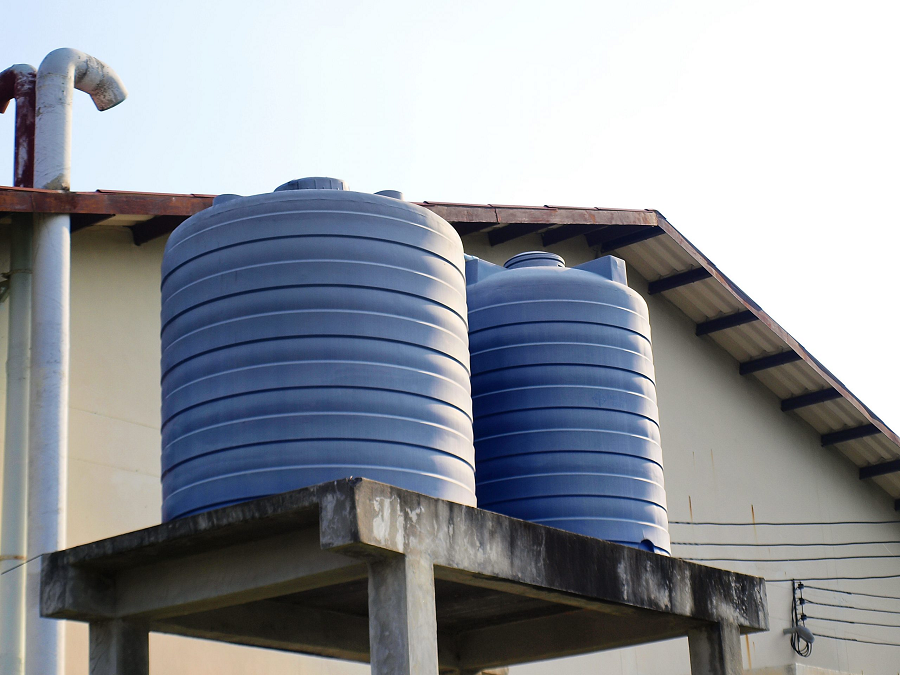
Tank Installation Instructions That You Should Know Of
Suppose you are preparing to purchase an all-new water tank or plan its installation! In that case, you must do so in a mindful manner and understand how poor installation can nullify the benefits of going for a water tank in the first place.
Many reputed agencies provide tank installation in Denver, CO, that you can choose from and get the installation done most effectively and safely. On the other hand, if you/your family plan on doing the same yourself, here are some instructions and precautions to keep in mind.
Inspection
When your tanks are delivered to you, firstly check the product for any damage that may have occurred while it was being shipped, along with material defects. In case there has been a negative effect, inform the delivery driver immediately.
Moreover, during the tank unloading, ensure that there are no sharp objects in the vicinity that could cause future damage.
Tank sitting area
Tank installation means you must keep a spot in mind where the tank would be placed. For this, it is suggested that you go for the most convenient place for the structure, and this does not mean that any space works if it can fit the tank in.
If your tank is a water tank, it is crucial that you think of the water source and then seats the tank. A rainwater collection tank should be present in a location where the rain can be stored easily, like a balcony or terrace. Although, in the case of Denver and Castle Rock, you might not see rain like the rest of Colorado as per recent weather predictions.
On the other hand, you could also go for another source that will draw the water and transport it to your water tank. Here, it would be best to consider the proximity of these two points. All in all, you must know the effects of factors such as the closeness of points of use and others like contamination risk, maintenance access, etc.
Bottom of the tank
Tank installation in Denver, CO, must be done, keeping in mind that the base correctly supports the bottom of the tank. In addition, it is best to note and consider environmental factors such as seismic activity or wind because they can make a massive difference in the base you pick.
If you do not have to worry about these issues, you can easily opt for an even and limited sand, pea gravel, or fine soil bed for your tanks. These tanks should usually have a base load bearing capacity of less than or equal to 800 lbs.
On the contrary, if this tank is big and has a bigger load capacity, go for a reinforced concrete base. You can also get the tank stands appropriately mounted on the concrete base top. These stands must be bolted; otherwise, there would be excessive tank movement because of external environmental factors.
PS: A huge tip here is to pick concrete pads for the best foundation for water or oil tanks.
Wrapping Up
Tank installation may seem daunting, but with the right aid and proper instructions, you will be done in no time. Moreover, you must understand that every tank has its characteristics and needs; thus, it would be best to go for customized precautions and instructions as the best way forward.

